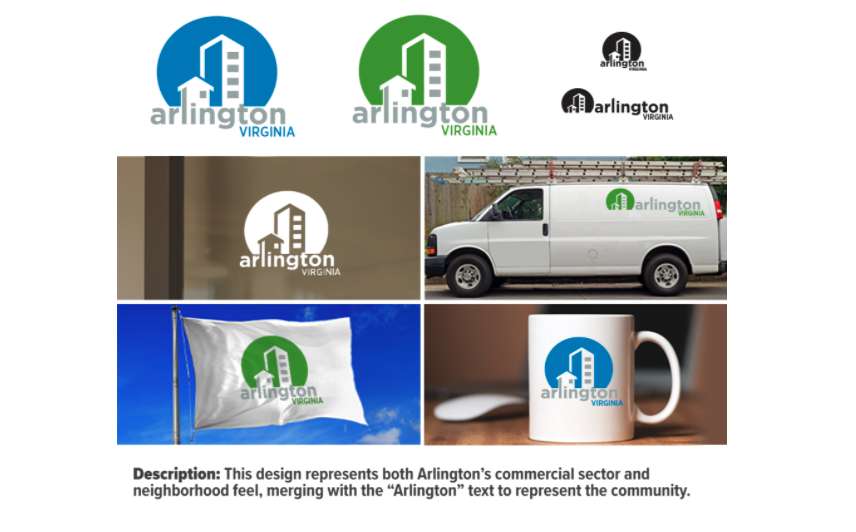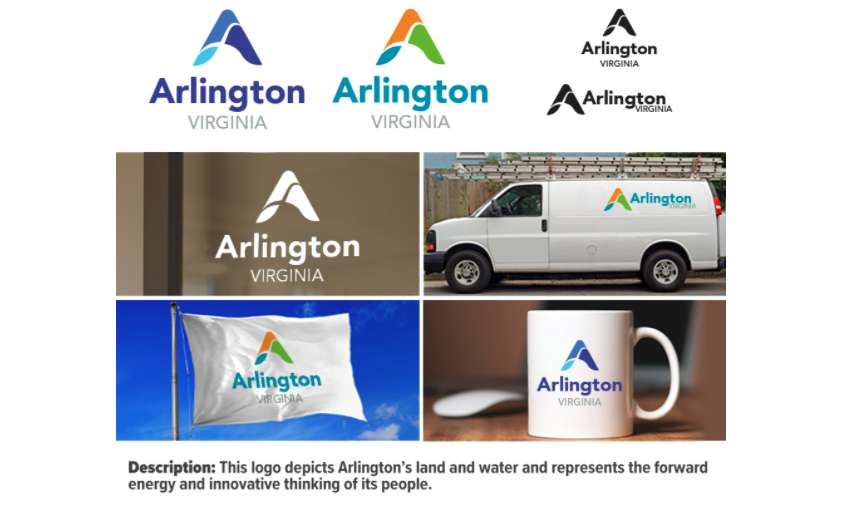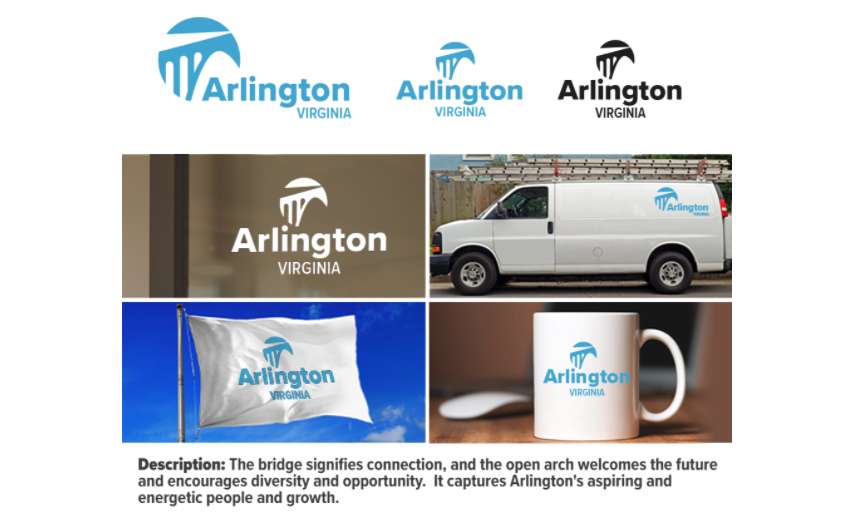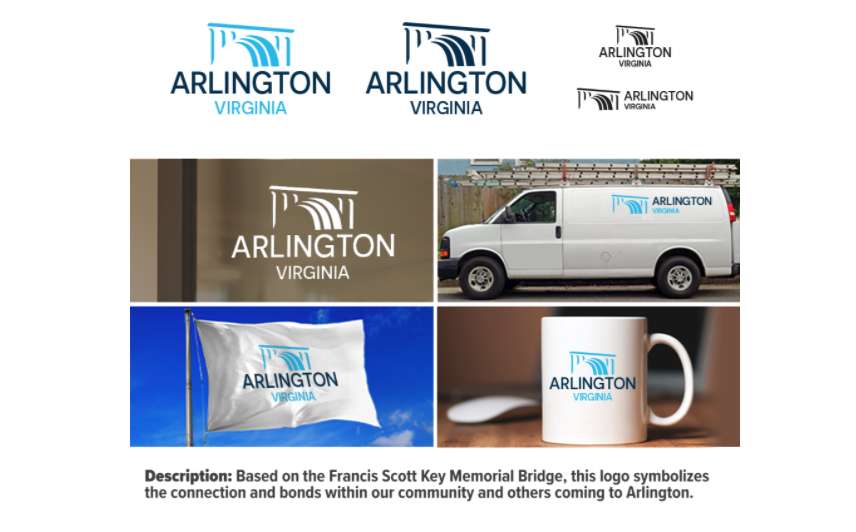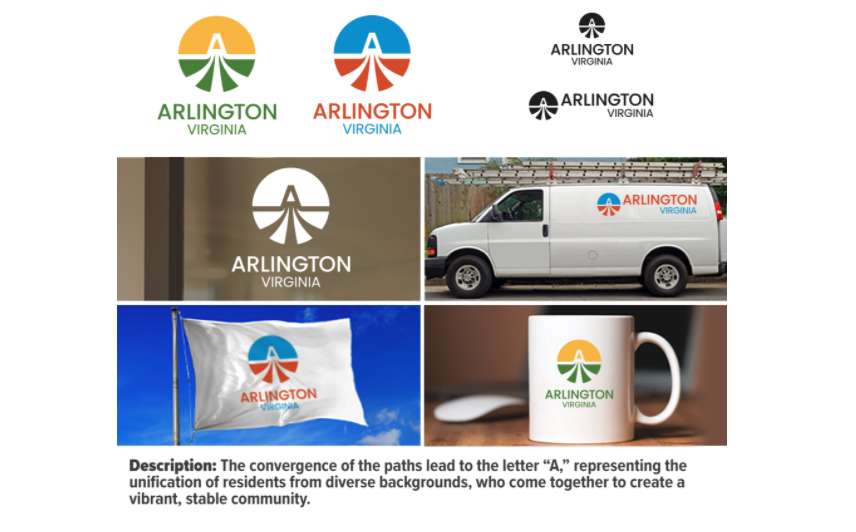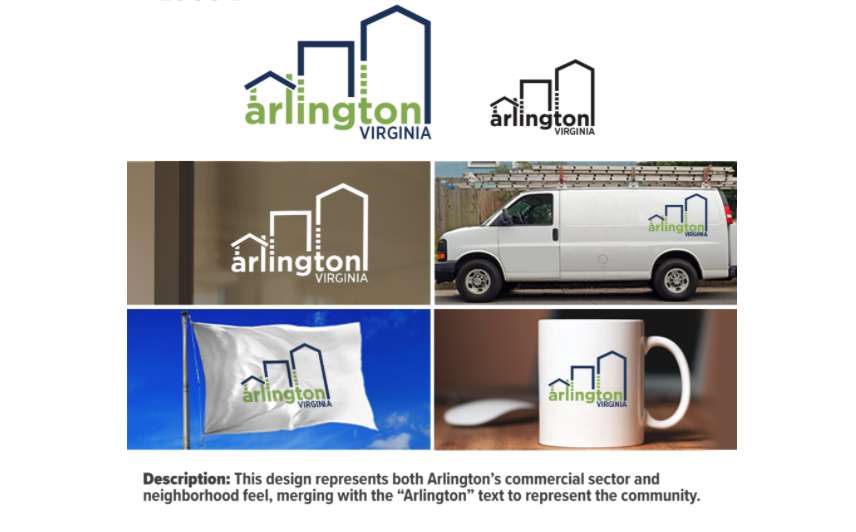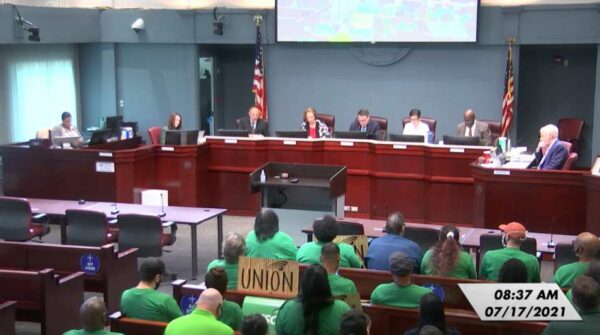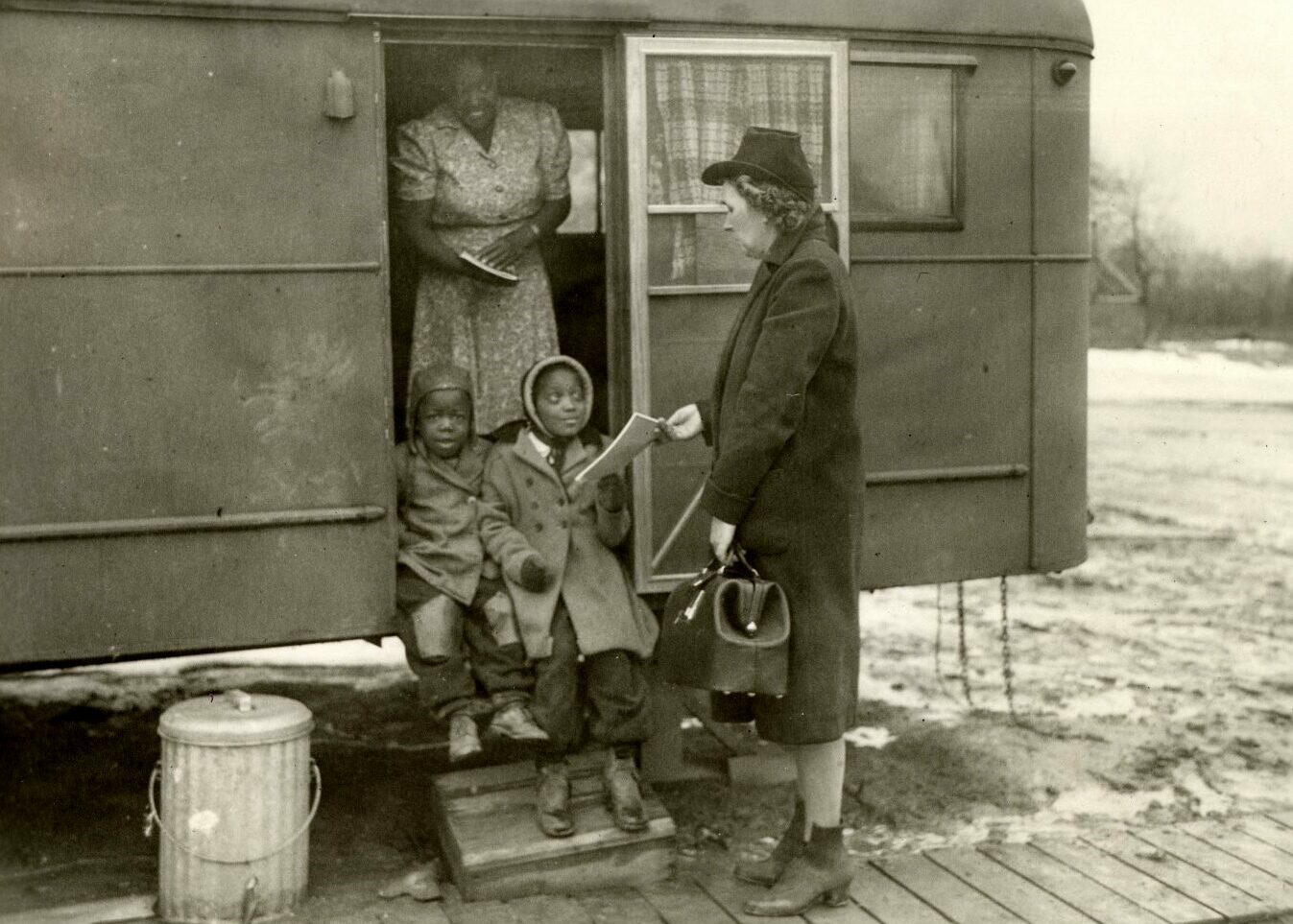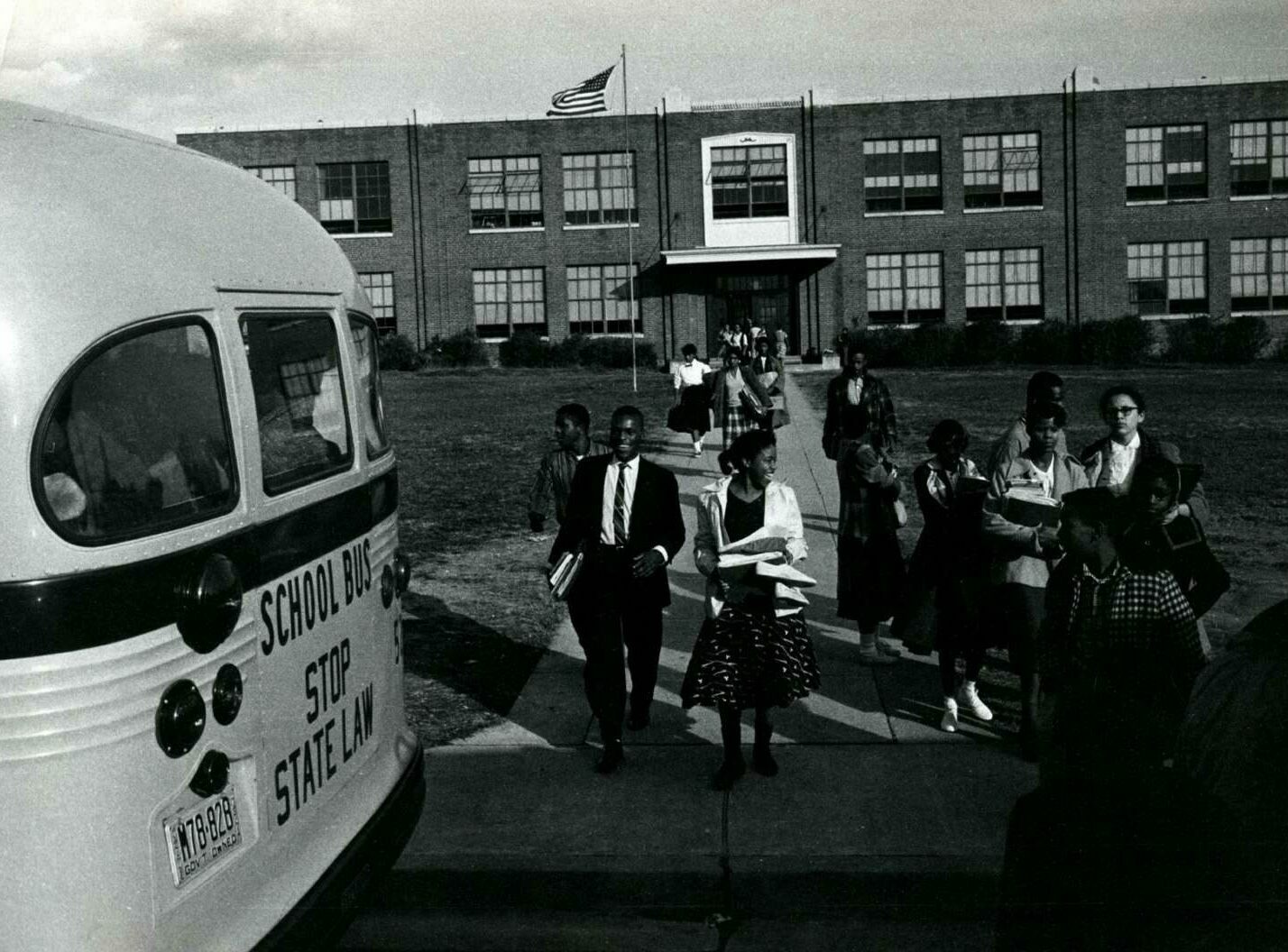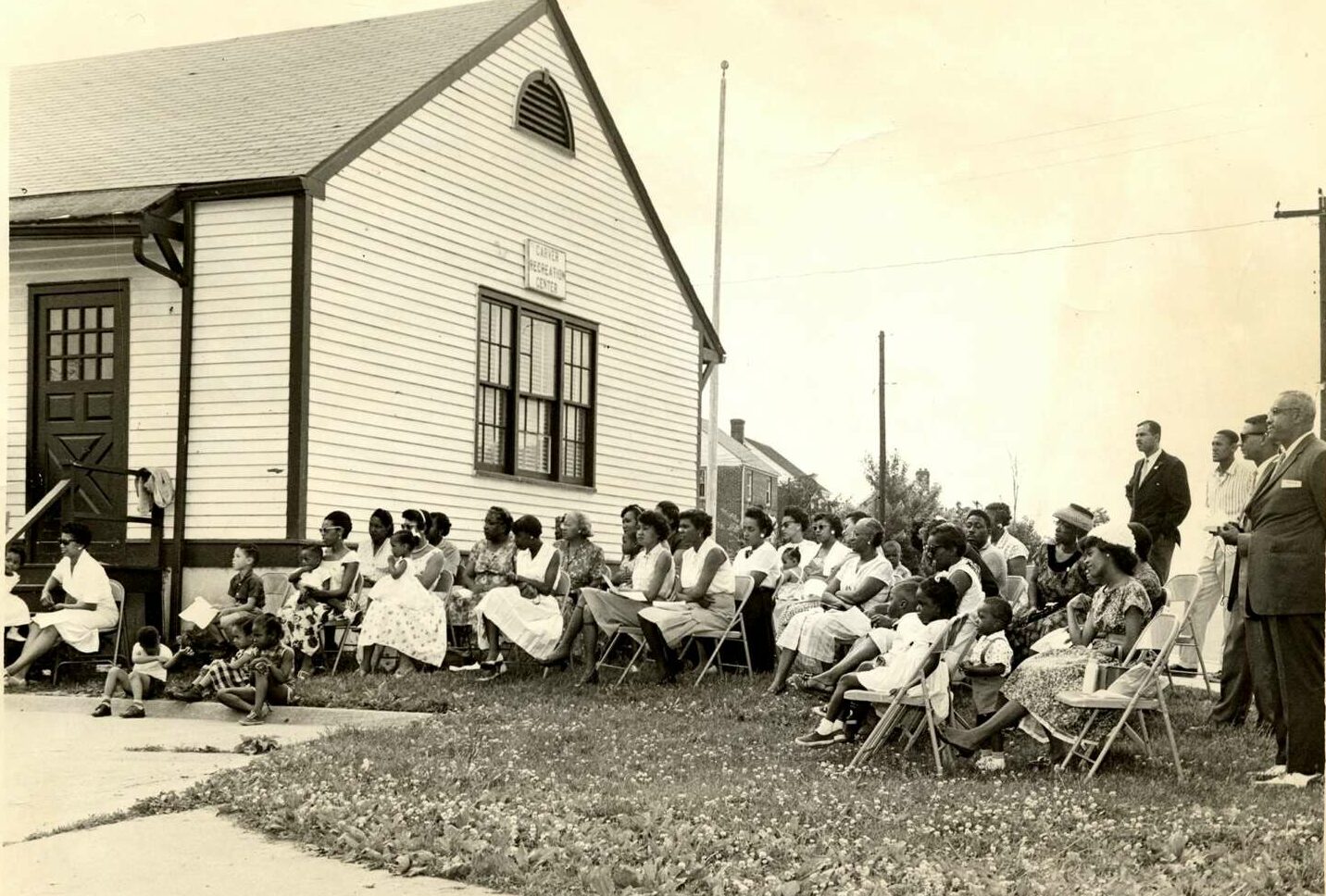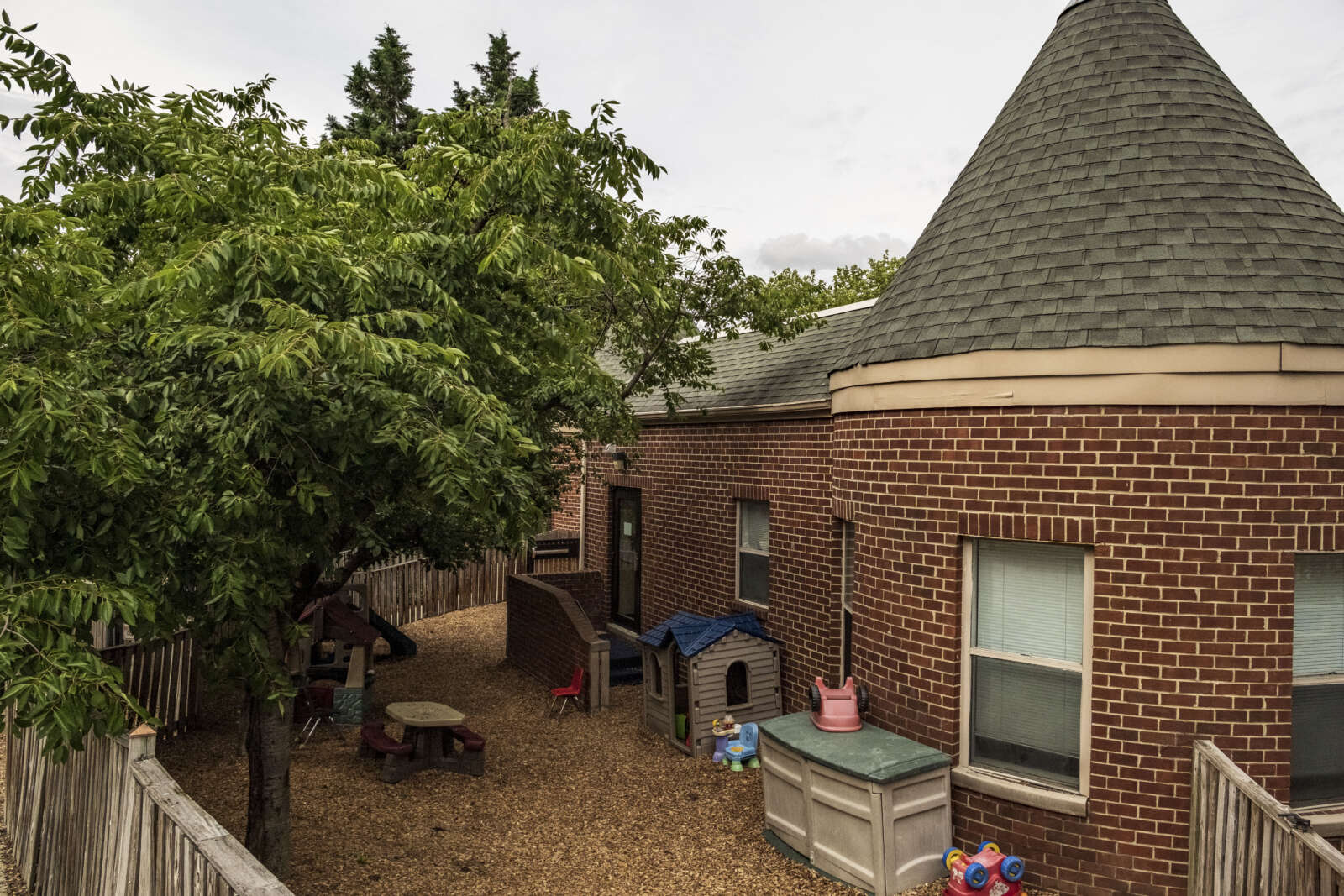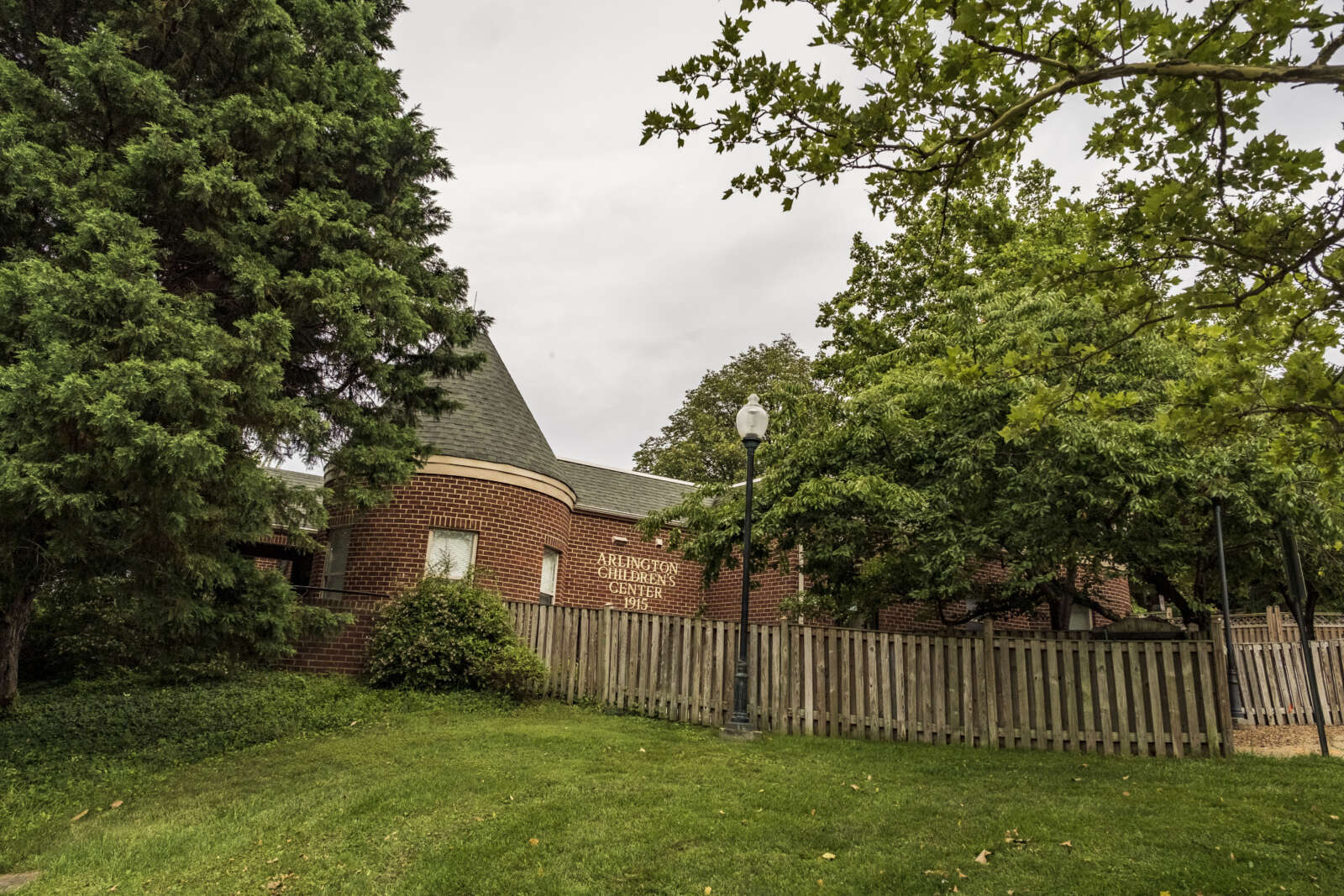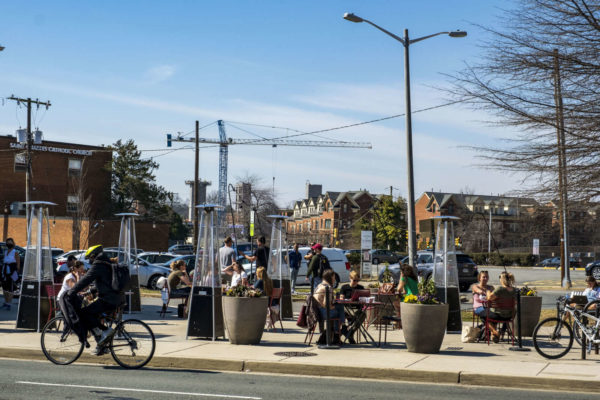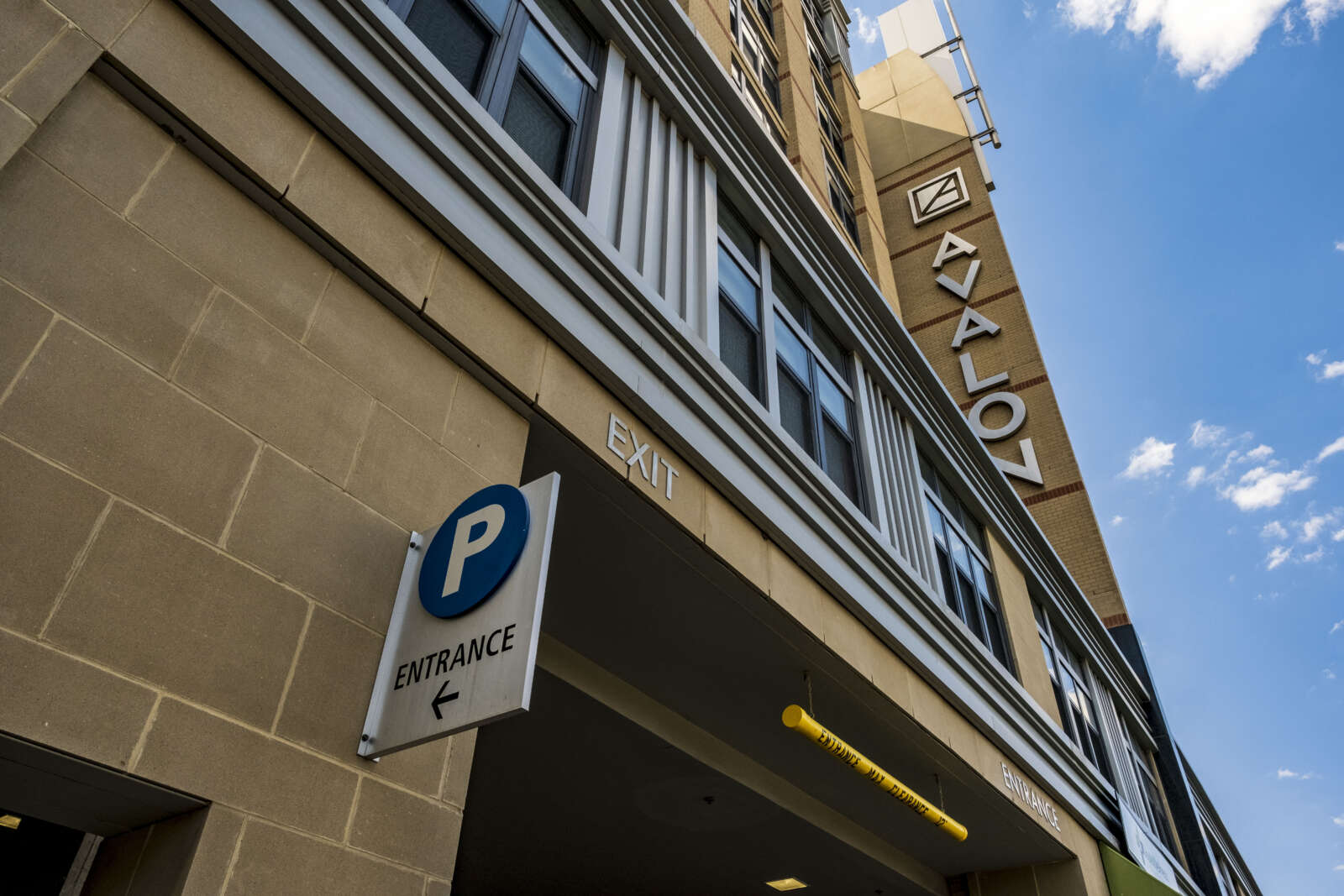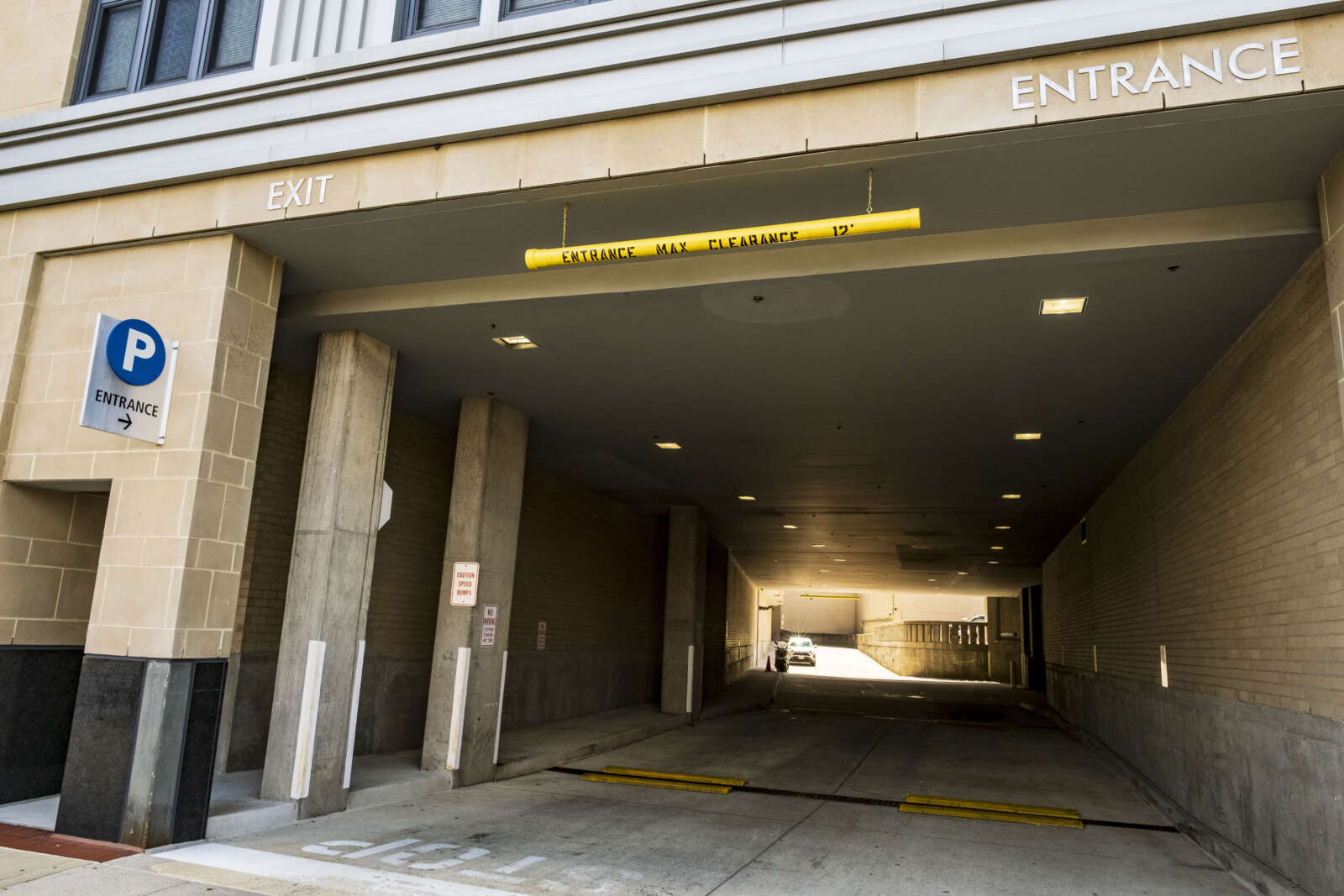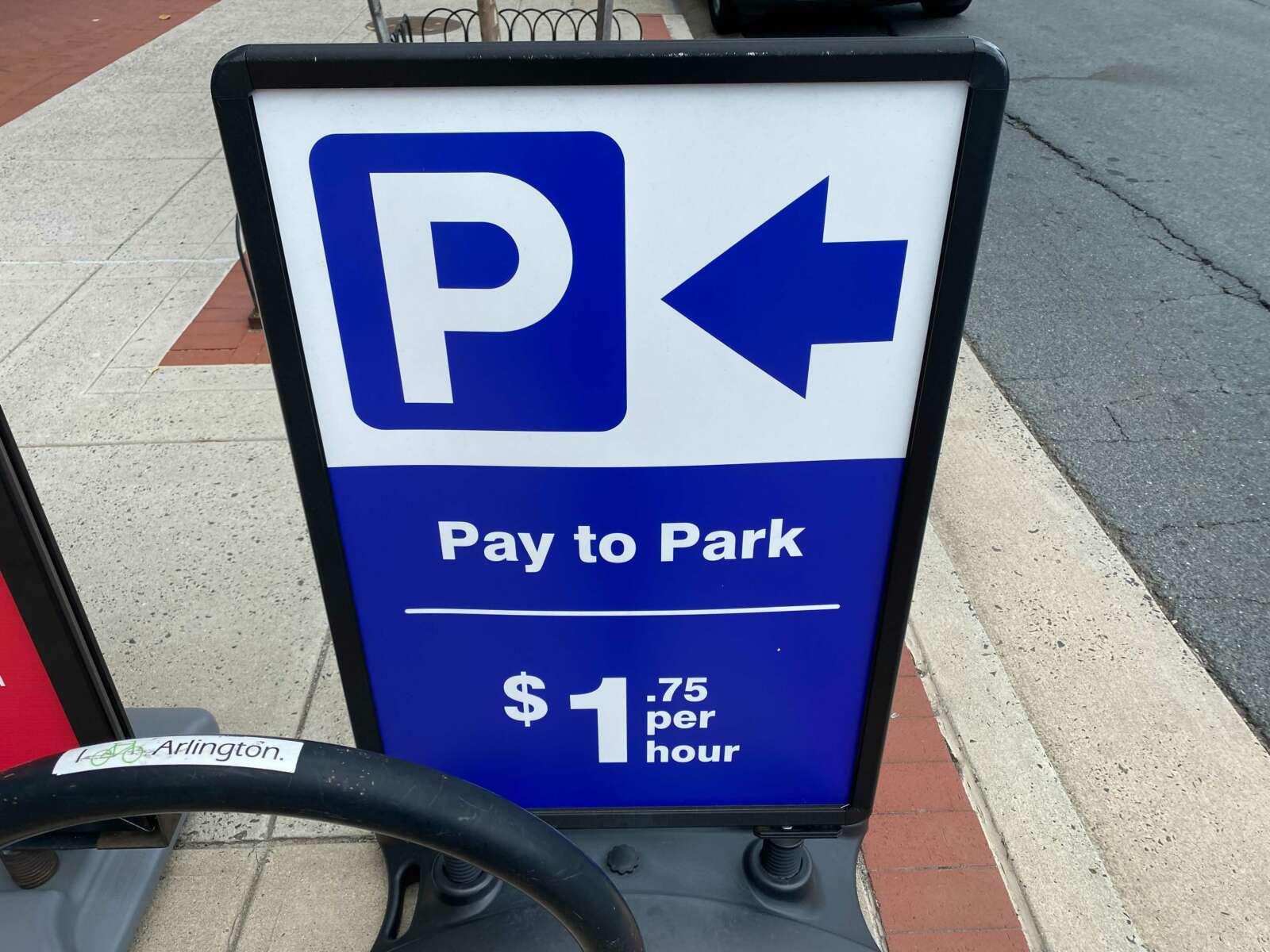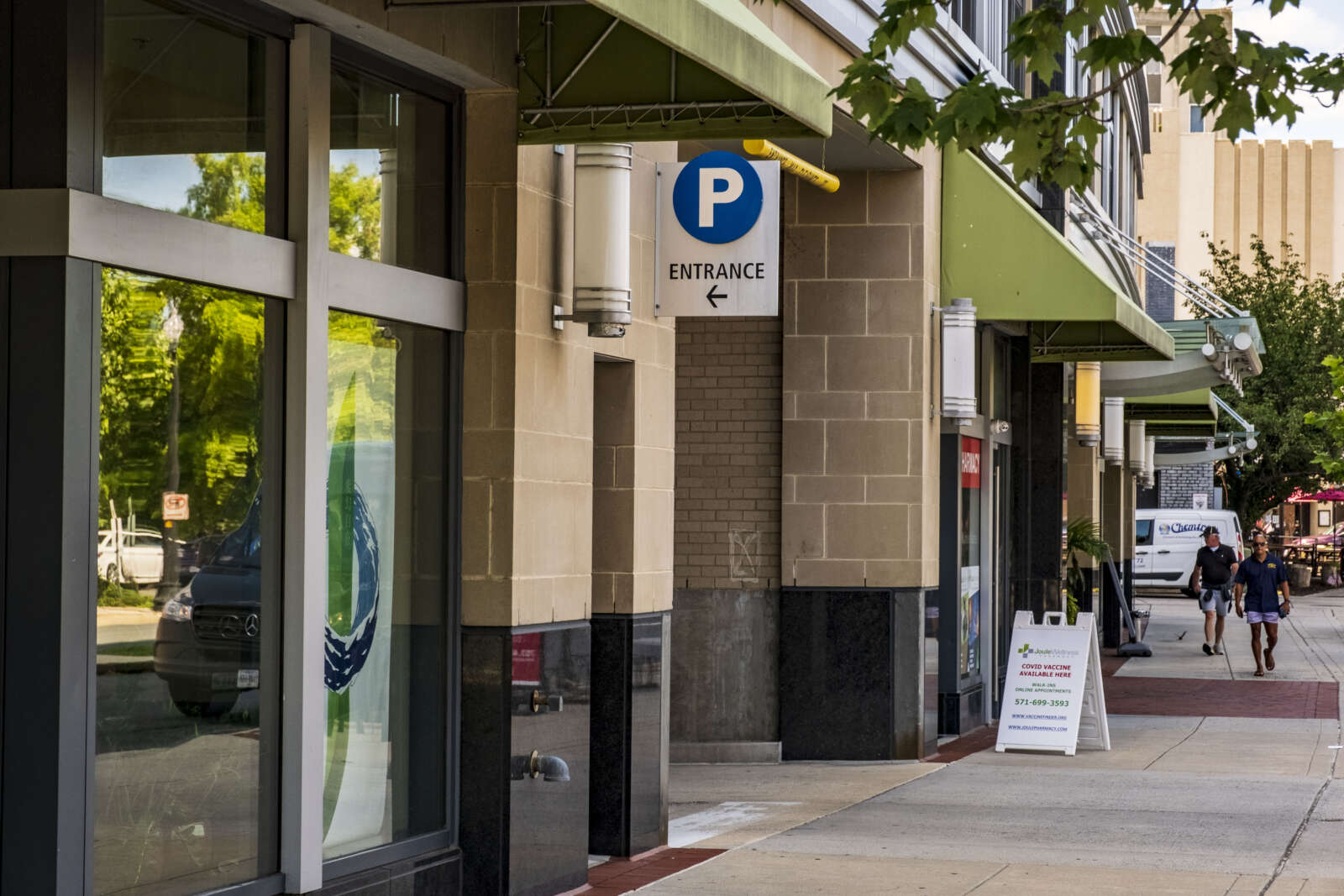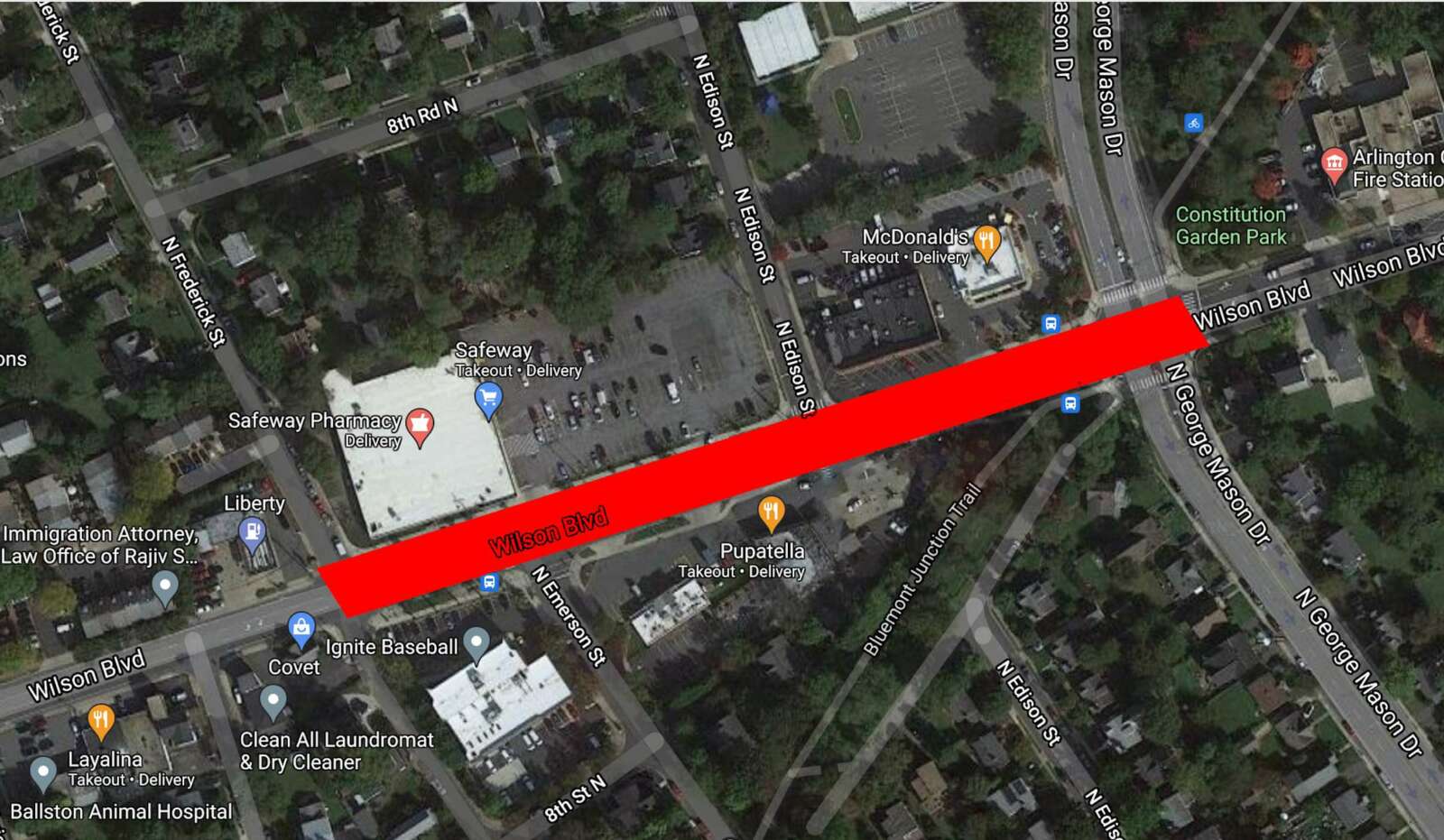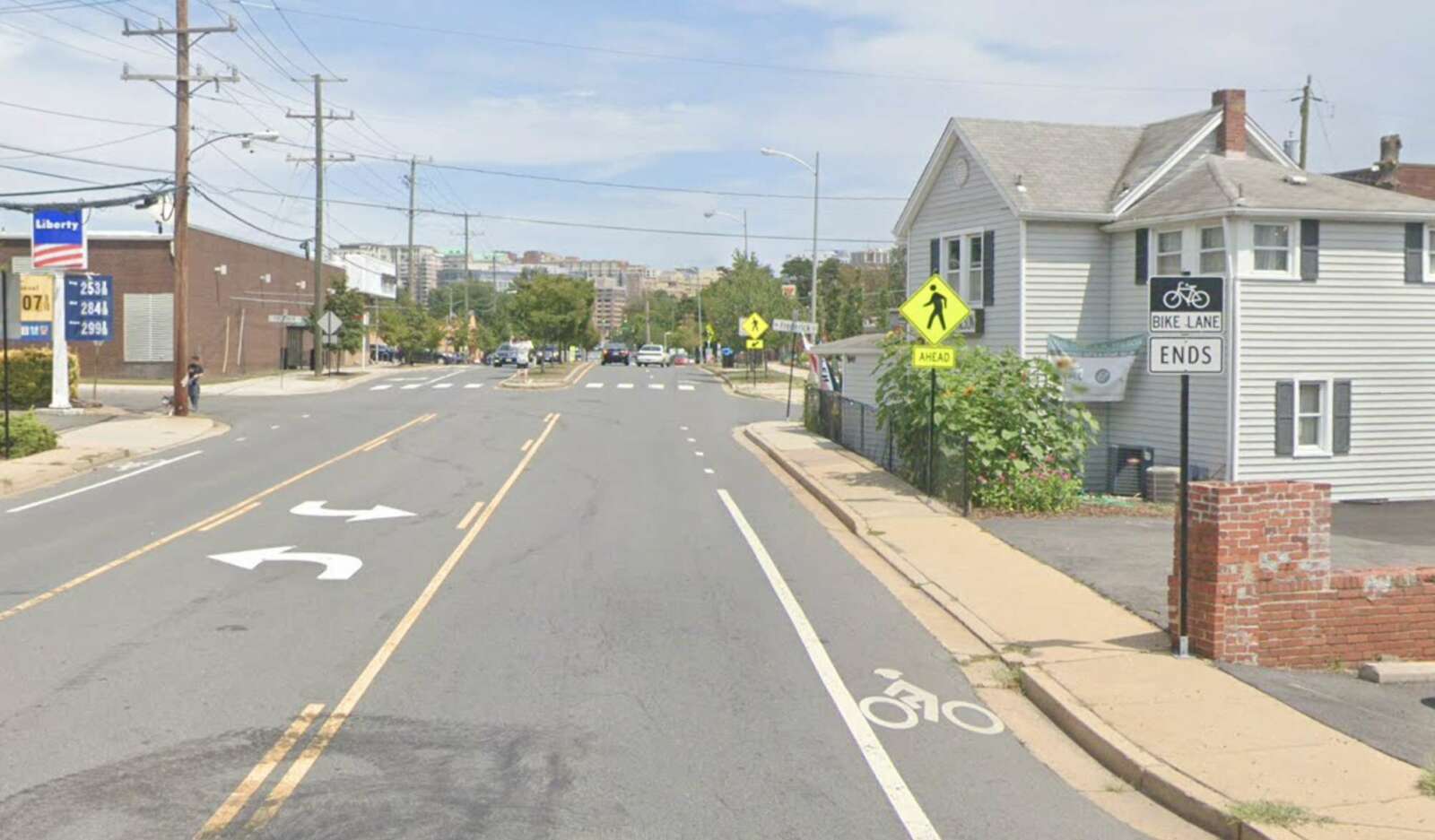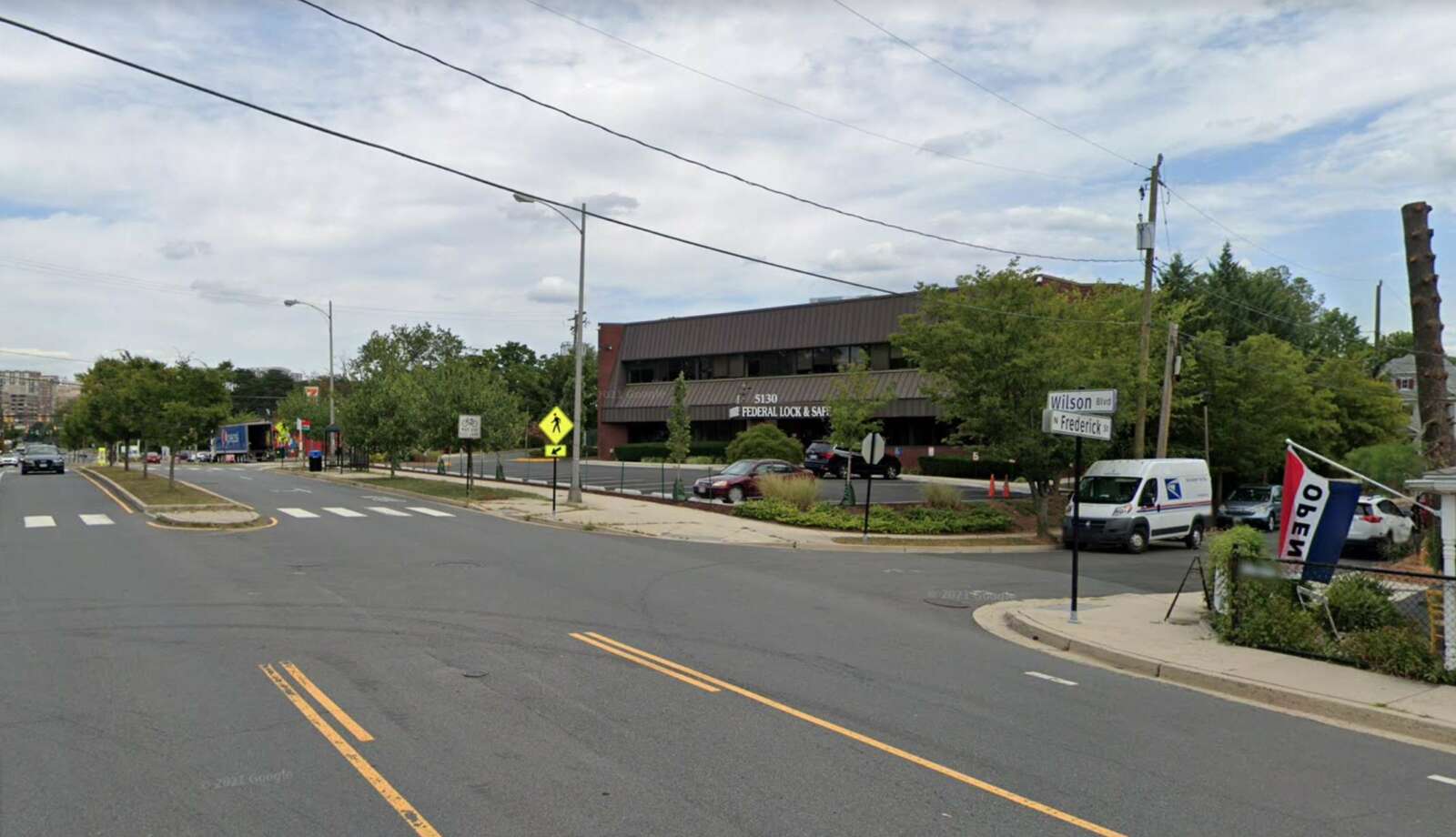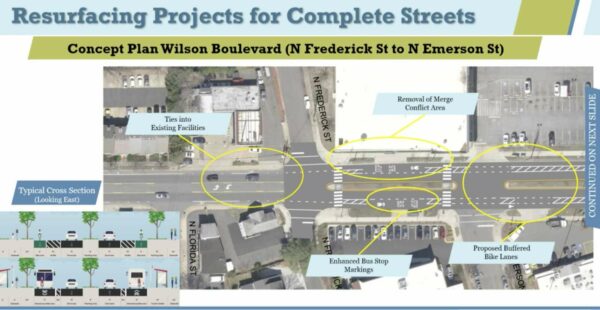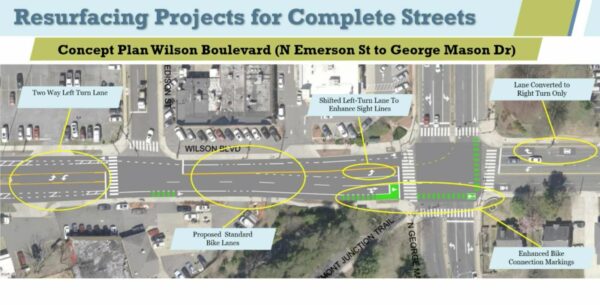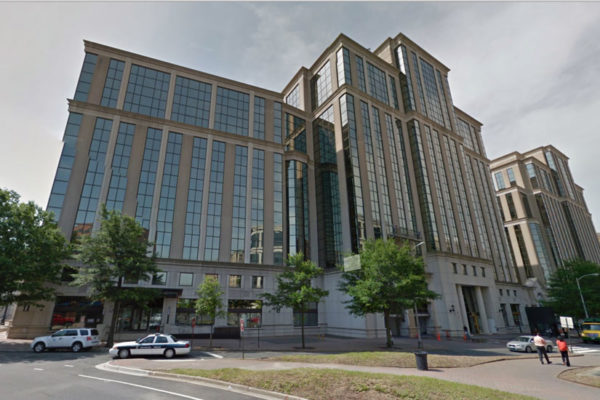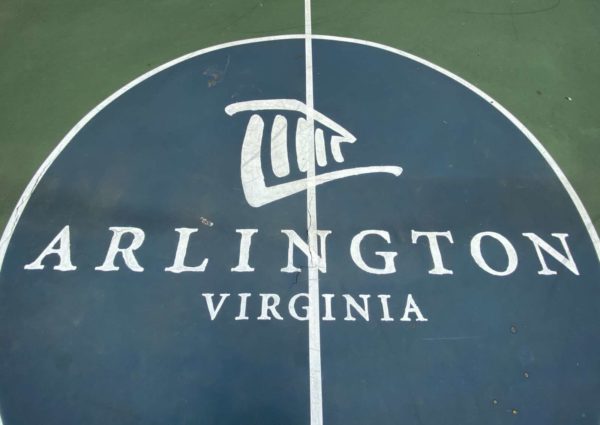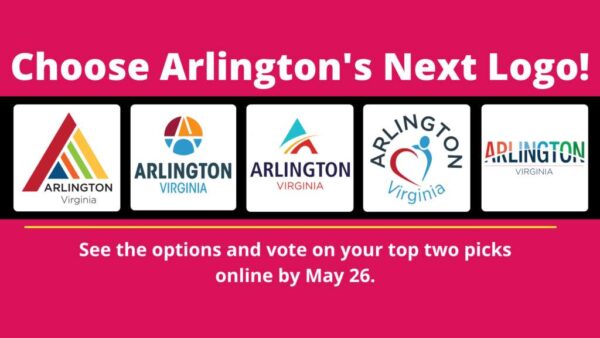Arlington County has reopened community voting on a new logo, and this round features eight new designs.
Voters can choose their top three from the expanded list of 10, which includes two finalists from the first round of voting. A Logo Review Panel tasked with soliciting and vetting submissions, refining a handful of designs and recommending one final look to the County Board will use voting results to make their final recommendation this September.
This is the second chance that community members have to vote on a design that would be emblazoned on everything from documents to vehicles to County Board members’ pins.
The first voting period this spring elicited some strong, negative feedback about the top designs. After hearing of the dissatisfaction, County Board asked the group tasked with refining designs and making recommendations to try again.
“I do like the idea of looking at a few additional logos,” Board Chair Matt de Ferranti said at the time. “Providing this one additional short opportunity might give us broader ownership of this decision.”
In June, the county called for new submissions. Notably, the Logo Review Panel asked aspiring logo designers to avoid referencing Arlington’s well-known monuments — such as the Air Force Memorial, Netherlands Carillon, Tomb of Unknown Soldier, and the Pentagon — or state symbols like the dogwood flower and “Virginia is for Lovers” icon.
“Arlington is a special and unique place that encompasses more than federal presence,” said guidance from the panel on the submission page. “We want our logo to convey what’s distinctive about Arlington on its own merits.”
Of state symbols, the guidance added: “These are not unique to Arlington and are used in commonly used in many other places.”
The new logo options include visual references to the county’s skyline, its geographic shape, and the Key Bridge.
Around this time last year, the Arlington branch of the NAACP called on the county to change its current logo — depicting Arlington House, also known as the Robert E. Lee Memorial — amid a national discourse on current and historical racism in the U.S. In December, the County Board voted to kick off a process for choosing a new logo.
Eager to see the logo changed, Board members agreed to speed up the timeline by one month.
In May, when the deadline was extended, staff members said part of the reason why the process took shape the way it did was that they were trying to meet the initial deadline set by the County Board.
Despite the change in timing, de Ferranti said in May that a new logo will be chosen at the end of this latest feedback process.
“The letters we’re signing right now have no logos on them,” he said.
Hat tip to Smiley456


